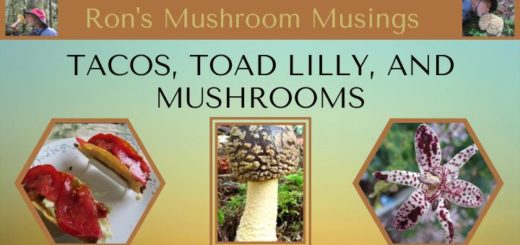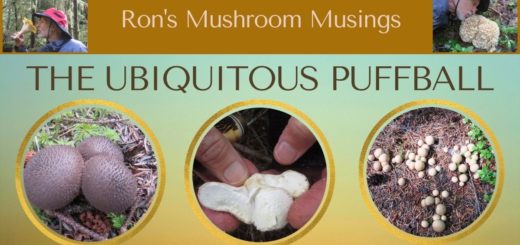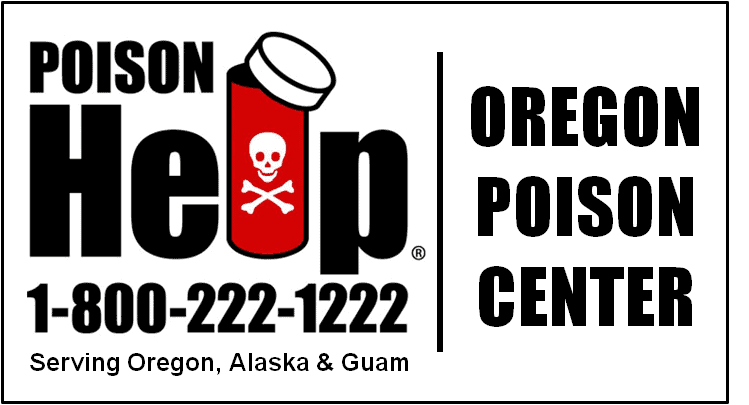Beyond edible mushrooms

We’ve all heard the saying “you can’t see the forest for the trees” which generally means we are so focused on something that we miss out on the greater picture. And so I became aware of this phenomenon one day while out hunting for the usual collection of edible mushrooms. I was so focused on finding what I could eat that I was missing the seemingly endless species of fungi that inhabited the forest. We train ourselves to key in and focus on a particular mushroom’s color, size, shape, and structural components in our haste to fill our containers with our favorite edibles. I can totally understand that since it is these choice delectables that got us into the woods in the first place. But I have found that there is so much more to see and experience besides chanterelles, lobsters, and hedgehogs. The woods are alive with so many cool species of fungi of all shapes, colors, and sizes. You’ll find them at your feet, popping out of fallen timber, on twigs, conifer cones, and overhead on still standing trees that died or are in decline.
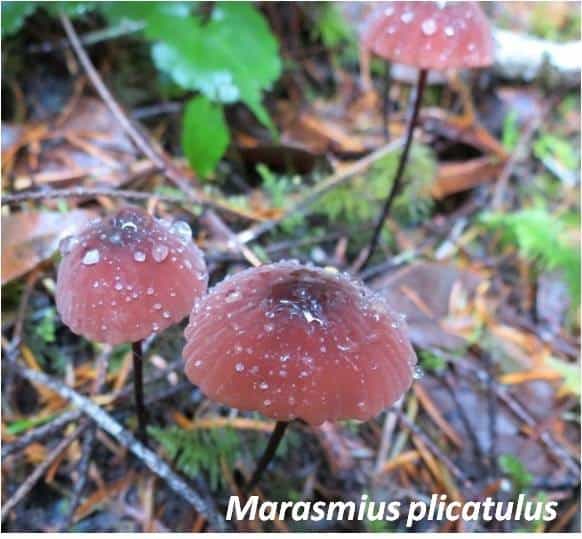
One of my favorites in the tiny mushroom category is the amazing genus known as Mycena. By sheer volume, this is the most abundant genus of fungi in the Pacific NW. They are characterized by having a small conical or bell shaped cap, a thin fragile stem, and a white spore print. Most have more muted colors in shades of brown or gray but some are quite colorful. To really appreciate the world of tiny you should always carry a hand held magnifying glass to fully appreciate the intricacies of these little gems. Another in the little guy category is the genus Marasmius. While not as prevalent as Mycenas in our area they are none the less just as interesting. The picture to the right looks to be Marasmius plicatulus, commonly called the Red Pinwheel mushroom. Unlike Mycenas, these fungi tend to be much more durable with pretty tough stems. In the Pacific NW I find them in coastal areas where Sitka Spruce trees are common. The most readily seen species in this genus is Marasmius oreades or better known as the Fairy Ring Mushroom (not pictured). You don’t have to go to the woods to find this one since it is primarily found growing in lawns. While it is edible (oh boy) caution is always warranted when lawns are involved since there are those that tend to use some very scary chemicals to keep their lawns looking green and weed free. There is also the possibility of mistaking other similar looking lawn lovers that are not edible. Just appreciate them for the interesting circular patterns they make which gives rise to their Fairy Ring name.

One of my favorite woodland mushrooms to find is Stropharia ambigua. The stem on this mushroom looks like someone spun cotton candy on it. The cap has a beautiful yellowish color that opens to as much as 5 inches in diameter. I guess we’re no longer in Smallville with a cap size like that. As the cap pulls away from the stem, veil remnants are left dangling from the edge of the cap making it look quite ornamental. Another mushroom that has really cool stem and cap patterns is Lepiota magnispora or what I like to call the eyeball Lepiota due to the cap shape when it is still closed and the dot at the top. Come on, use your imagination and you’ll see the eyeball as well. Growing to about 5 inches high with about a 4 inch cap, it is also a medium sized mushroom. Both of these species really need to be seen during a dry spell so the rain doesn’t wash off all of the interesting cottony or wooly looking tufts that make these mushrooms so photogenic. I also like to find mushrooms in the genus Cystoderma. The genus name is derived from the Latin words cyst (blister) and derm (skin). I believe this references the blistered look of the stem below the annulus or stem ring. Although I have been wrong before and may in fact be telling you more than I know.
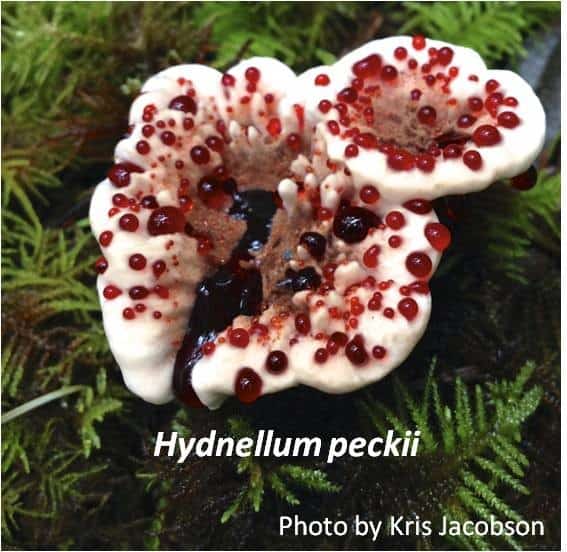
I would be remiss if I didn’t include one of the most interesting and unusual mushrooms to find in the woods, named Hydnellum peckii or more commonly known as Strawberries and Cream. Although this mushroom is not poisonous, it is considered inedible with a taste described as being very peppery. The real trick with this mushroom is to find it when it is in prime condition. That’s when all the colors are most vibrant and the descriptive name of Strawberries and Cream is fully realized. As you can see from the picture, the mushroom oozes out a thick red fluid through its tiny pores, which looks like blood or strawberry jam. The underside of the cap is comprised of tooth-like spines adding to this mushrooms intrigue. The overall cap shape is quite irregular and variable. The pattern of the droplets is also random and different on each mushroom. Most people are amazed by this unique mushroom while some are slightly horrified. Regardless of whether you’re dazed or even slightly frightened, this is a great mushroom to encounter in the woods.
In any event, all of these and many other species of mushrooms are well worth paying attention to while you search the countryside looking for your favorite edibles. Bring along a camera and don’t forget that pocket sized magnifying glass. You may just be impressed with the amazing variety of fungal species that inhabit our forests. And best of all you’ll finally start seeing the forest in all its glory as it was meant to be seen.
Further reading:
Species Mycena on Mushroom Expert
Species Marasmius on Mushroom Expert
Marasmius plicatulus– Mushroom Expert, Mykoweb
Marasmius oreades – Mushroom Expert, Mykoweb
Stropharia ambigua – Mushroom Expert, Mykoweb
Lepiota magnispora – Mushroom Expert, Mykoweb
Hydnellumpeckii – Mykoweb, Wikipedia


